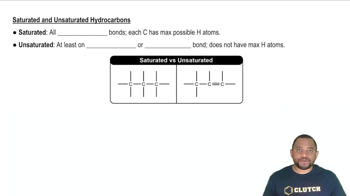Here are the essential concepts you must grasp in order to answer the question correctly.
Solubility Product Constant (Ksp)
The solubility product constant (Ksp) is an equilibrium constant that applies to the solubility of sparingly soluble ionic compounds. It quantifies the extent to which a compound can dissolve in water, represented by the concentrations of its ions at equilibrium. For silver sulfate, Ksp = 1.1 x 10^-5 indicates that at equilibrium, the product of the concentrations of Ag+ and SO4^2- ions in solution will equal this value.
Recommended video:
Solubility Product Constant
Le Chatelier's Principle
Le Chatelier's Principle states that if a system at equilibrium is disturbed, the system will adjust to counteract the disturbance and restore a new equilibrium. In the context of the silver sulfate dissolution, adding more solid Ag2SO4 increases the concentration of Ag+ and SO4^2- ions in the solution, which may shift the equilibrium position according to this principle, potentially affecting the solubility of the compound.
Recommended video:
Saturation and Supersaturation
A solution is considered saturated when it contains the maximum concentration of solute that can dissolve at a given temperature. If additional solute is added to a saturated solution, it will not dissolve unless the solution becomes supersaturated, which occurs under specific conditions. In this case, understanding whether the current concentration of ions exceeds the Ksp value is crucial to determine if the added silver sulfate will dissolve.
Recommended video:
Saturated and Unsaturated Hydrocarbons





